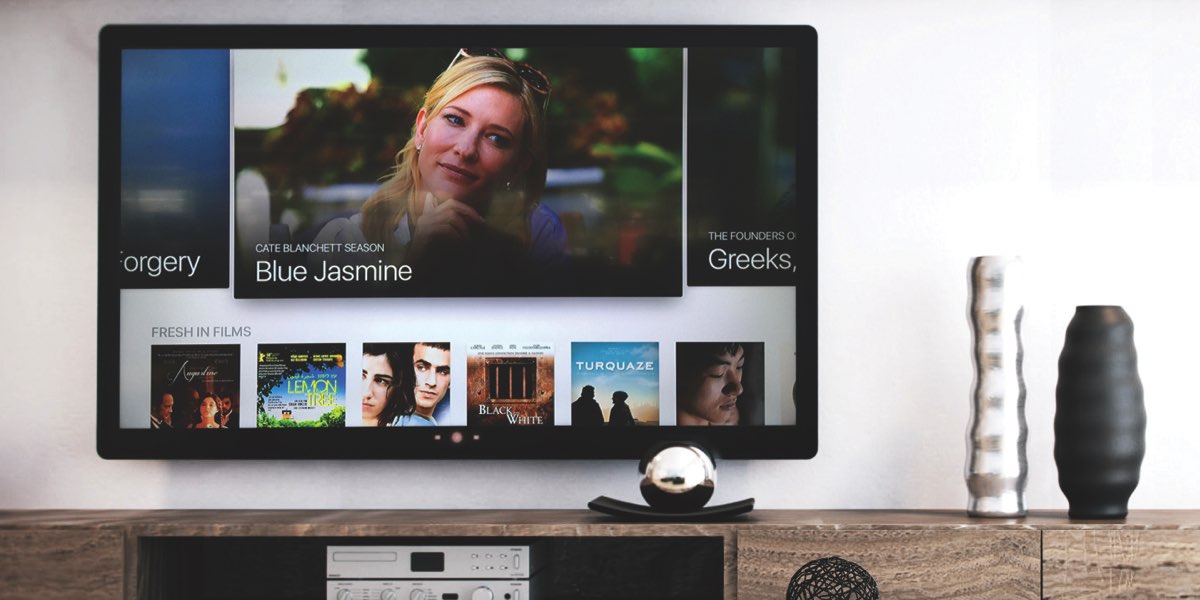• Ten and SBS are promising uninterrupted video streaming to combat ad-blocking
Australian networks are fighting back against ad-blockers, deploying technology solutions designed to provide smooth, broadcast-like delivery of pre-roll and mid-roll advertising on online video.
Advertising that takes too long to load or prevents the featured content from not playing at all is a frustration for viewers and content providers alike. Viewers wanting a friction-less experience have resorted to ad-blocking technology, while providers are eager to deliver higher volumes of (ad-supported) video.
Online video pioneer Brightcove is seeking to address this problem with its new product Once. A server-side ad insertion technology, the technology stitches ads into the video content in the cloud, instead of on the viewer’s device. This cuts down the buffering and disruptions viewers sometimes experience when watching catch-up services, while also stopping ad blockers from removing the content.
From an ad-blocking standpoint, because the video is seamless, like a TV broadcast experience, the ad-blocking software is unable to distinguish the difference between the advertisement and the featured content.
Australian broadcaster Ten, which already uses Brightcove’s Video Cloud, is trialling Brightcove Once to insert server-side advertisements across the tenplay website. Ten’s head of digital Liz Baldwin advised, “We’re now able to deliver a true broadcast-like experience for audiences and advertisers as well as address ad-skipping, giving advertisers greater assurance their content will be seen by their intended audiences.”
Mark Stanton, Brightcove’s general manager of Australia and New Zealand, reported that media companies stand to lose nearly US$22 billion in revenue across desktop and mobile devices as a result of their increased use.
In addition to its rollout on tenplay, the Once service was also deployed in New Zealand this week by broadcaster Mediaworks, which launched it on iOS with Android expected soon.
“It’s better suited to mobile than desktop and Ten is really innovating by bringing it to the desktop,” Stanton advised. “With mobile, the formats that you need to provide are more homogenous, whereas on desktop there is a greater diversity of formats that people need to provide to cater to different browsers on different operating systems.
“What we’re seeing is a shift away from Flash-based delivery. People are going for pure HTML and that’s something that is evolving very rapidly, but the support across different browsers is a bit varied at the moment. That’s why we see desktop as a little bit further out for the Once technology than for iOS and Android.”
It is the ability to improve the user experience that has enthused Stanton the most about the launch of Once. “I think that, on premium content, to have that buffering between the ads and the content is frustrating for users and pulls them out of that moment that they have while enjoying a premium experience. With Once it’s frame-accurate, so it’s just like broadcast. The quality of the ads matches the quality of the media, the audio levels are the same, and it just feels a lot more like what people expect from a traditional TV or broadcast experience.”
SBS this week also announced its own intention to fight ad-blocking, partnering with Switch Media to deploy its product AdEase. Like Brightcove’s Once, AdEase bypasses ad-blockers with server-side advertising integrated into on-demand and live content.
Already, SBS uses AdEase in its SBS On Demand Apple TV app, but will soon roll it out to the SBS On Demand iOS and Android apps and website. AdEase will then be integrated into SBS’s apps for smart TVs, Chromecast, and game consoles.
“It’s a huge leap forward across all our apps and devices and positively impacts our advertising bottom line allowing us to invest more into distinctive content for Australian audiences,” explained SBS director of TV and online content, Marshall Heald.
Ad-blocking wasn’t the only video solution announced this week by local providers, with SVOD service Stan also announcing an upgrade to its service by way of Brightcove. The subscription video service will begin using Brightcove’s Zencoder, a cloud transcoding service that support the HEVC and VP9 video codecs, popular in the delivery of 4K video.
The upgrade to ultra-high definition video does come at a cost, with Brightcove charging five cents per minute for its customers on enterprise plans. This is four times the price for standard definition transcoding.
Currently, Netflix is the only SVOD provider in Australia to offer 4K video quality streaming.
